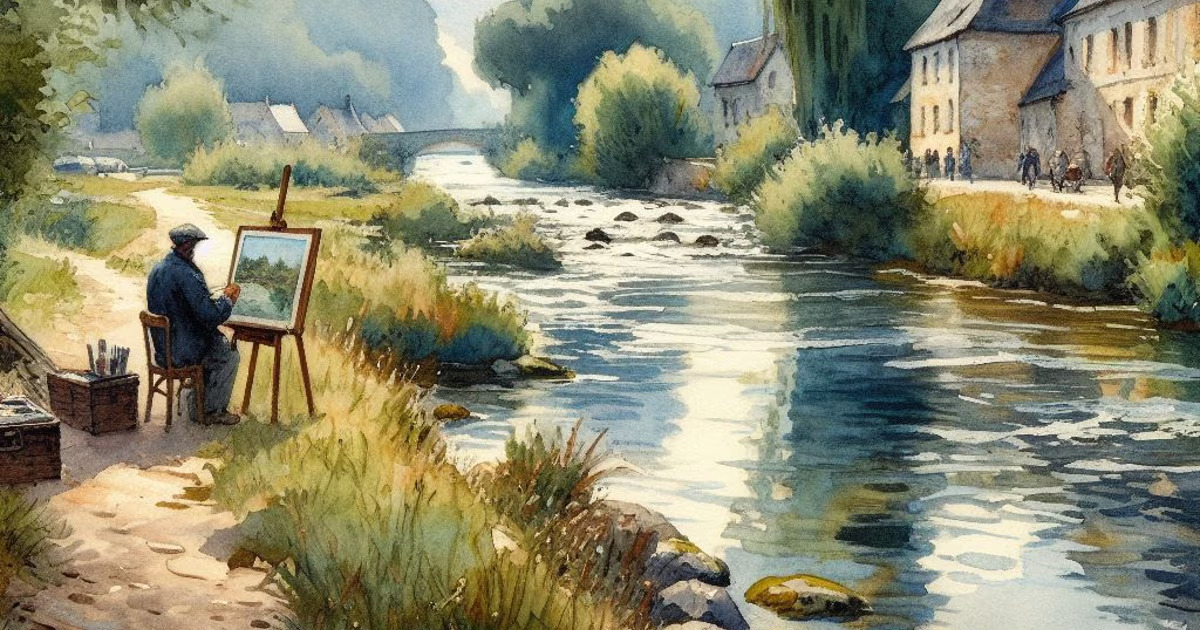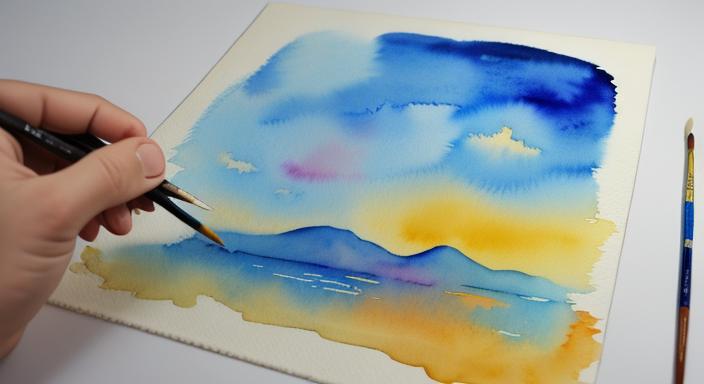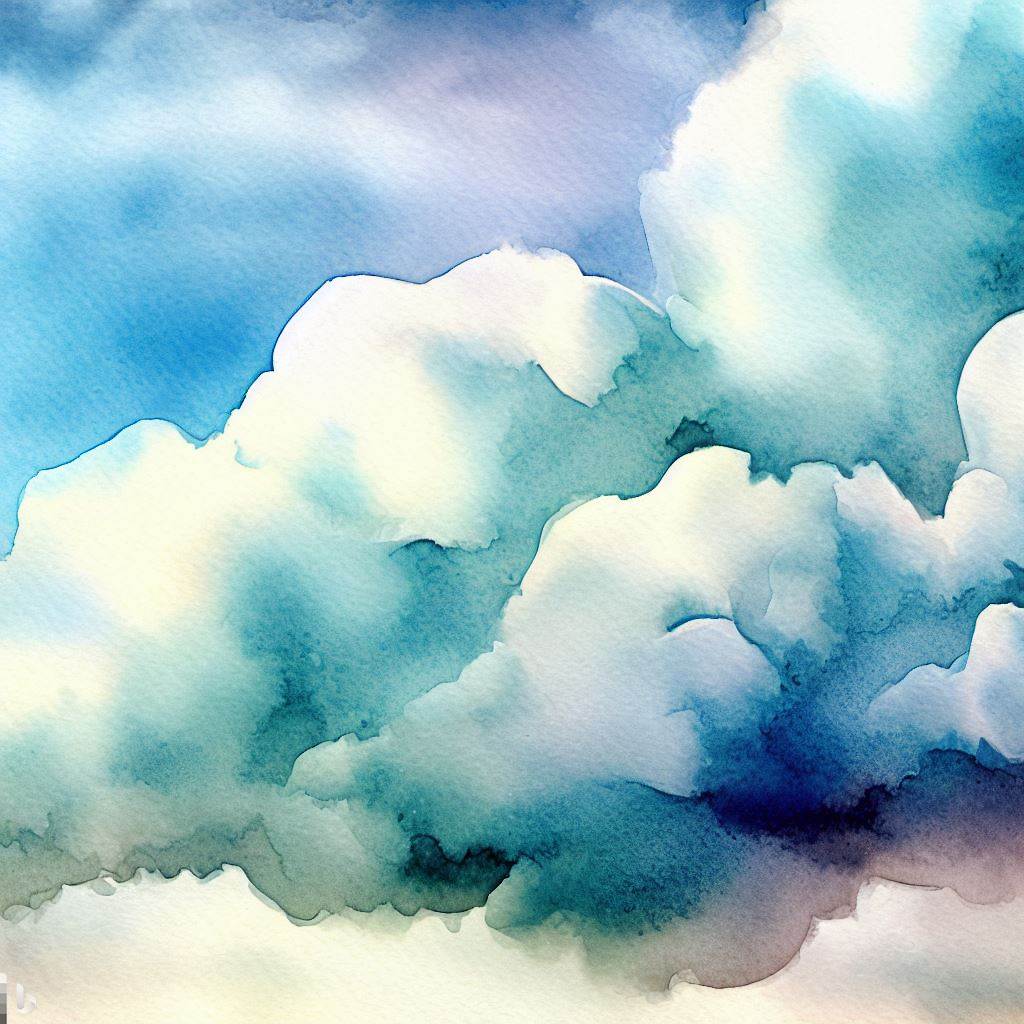Watercolor painting is a beautiful art form that can be used to create stunning pieces of art. One technique that can be used to add texture and fine details to a painting is the dry brush technique. In this article, we will explore the secrets of the watercolor dry brush technique and provide tips for unlocking its potential.
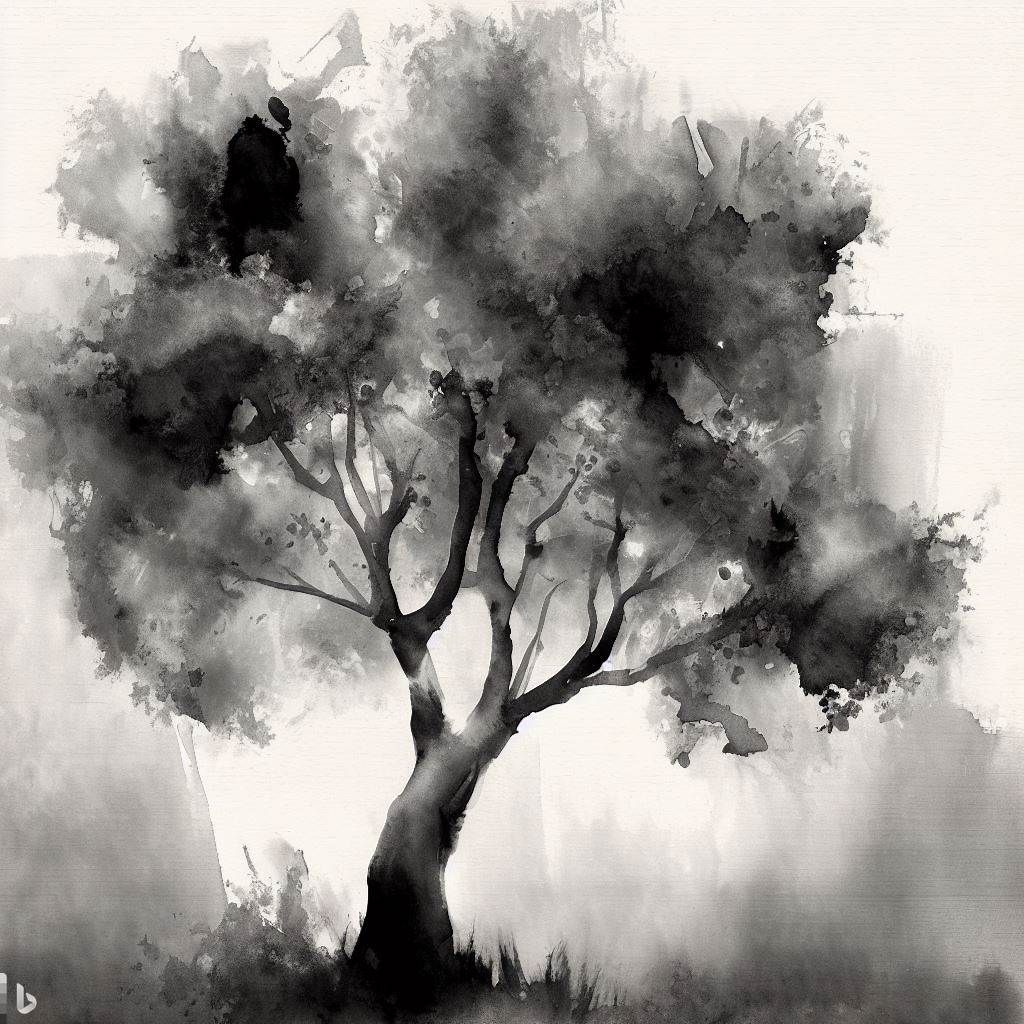
What is the Dry Brush Technique in Watercolor?
The dry brush technique in watercolor is the process of laying down watercolor paint with a dry brush and a bit of paint. This technique is often overlooked, but it can create unique strokes to represent different areas of the painting. Eliminating the water may seem counterproductive, but it can create super unique strokes to represent different areas of the painting.
Tips for Unlocking the Secrets of the Watercolor Dry Brush Technique
Here are some tips for unlocking the secrets of the watercolor dry brush technique:
- Choose the right brush: Use a brush with firm bristles that can hold a lot of paint.
- Blot the brush: After wetting the brush, blot it on a paper towel or cloth to remove excess water.
- Use a light touch: Apply the paint to the paper with a light touch, dragging the brush across the surface to create broken, streaky textures.
- Experiment with different papers: Different papers will produce different effects with the dry brush technique. Try experimenting with different types of paper to see what works best for you.
- Combine with other techniques: The dry brush technique can be combined with other watercolor techniques, such as wet-on-wet painting, to create interesting effects.
Choosing the Best Brush for the Dry Brush Technique
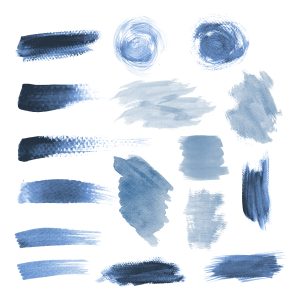
To choose the right brush for the dry brush technique in watercolor painting, you should look for a brush with firm bristles that can hold a lot of paint. Brushes with stiffer bristles are preferable, as they can create textured, rough effects that are characteristic of the dry brush technique. Round or pointed sable brushes in size 6 or 8 are ideal for dry brushing. Remember that the quality of the brush is important, as it can affect the final result of your painting. By choosing the right brush, you can achieve the desired broken, streaky textures that the dry brush technique is known for.
Step-by-Step Guide for Watercolor Dry Brush Technique
Here is a step-by-step guide for the watercolor dry brush technique:
- Load your brush with watercolor paint: Dip your brush into the paint and load it with a good amount of paint.
- Blot away most of the moisture: Blot the brush on a paper towel or squeeze the bristles with your fingers to remove most of the moisture. You want the brush to be damp, but not too wet.
- Skim the brush across the paper: Without pressing the brush down too hard, skim the brush across the paper. The brush should partially touch the paper, creating broken, streaky textures.
- Repeat the process: Repeat steps 1-3 as needed to create the desired effect. You can layer different colors and textures to create depth and interest in your painting.
- Experiment with different papers: Different papers will produce different effects with the dry brush technique. Try experimenting with different types of paper to see what works best for you.
- Combine with other techniques: The dry brush technique can be combined with other watercolor techniques, such as wet-on-wet painting, to create interesting effects.
Examples and Painters Using the Dry Brush Technique
Some famous artists who have used the dry brush technique in their work include Andrew Wyeth, Alexey Chernov, and Vladimir Pavlovich Parkin. You can find examples of their work and other artists’ work using the dry brush technique on websites like Arthive.
Books that Focus on the Watercolor Dry Brush Technique
- Watercolor: Drybrush Technique by Gene Franks (Artist’s Library Series)[1][2]. This book is a culmination of the work of artist Gene Franks and provides instructional information on each design. You can find it on Amazon[1], Thriftbooks[3], eBay[4], and Book Nook[2].
- Drybrush Watercolor Book by Gene Franks[5]. This vintage book, published in 1988 by Walter Foster, offers detailed step-by-step techniques with black and white and colored drawings. You can find it on Etsy[5].
These books will help you learn and master the watercolor dry brush technique, allowing you to create stunning works of art.
Citations:
[1] https://www.amazon.com/Watercolor-Drybrush-Technique-Artists-Library/dp/0929261127
[2] https://thebooknookshop.com/watercolor-drybrush-technique-artist-s-library-series-626529.html
[3] https://www.thriftbooks.com/w/watercolor-drybrush-technique_gene-franks/392089/
[4] https://www.ebay.com/itm/334640827906
[5] https://www.etsy.com/listing/1103359420/drybrush-watercolor-book-by-gene-franks
In conclusion, the dry brush technique is a valuable tool for any watercolor artist. By following these tips and experimenting with different papers and techniques, you can unlock the secrets of the watercolor dry brush technique and create stunning works of art.
